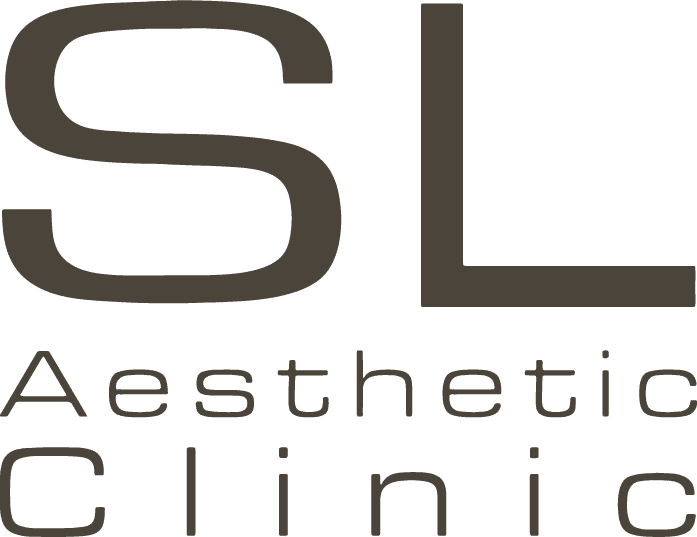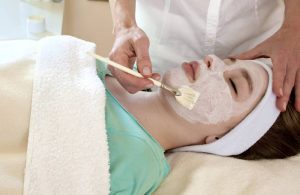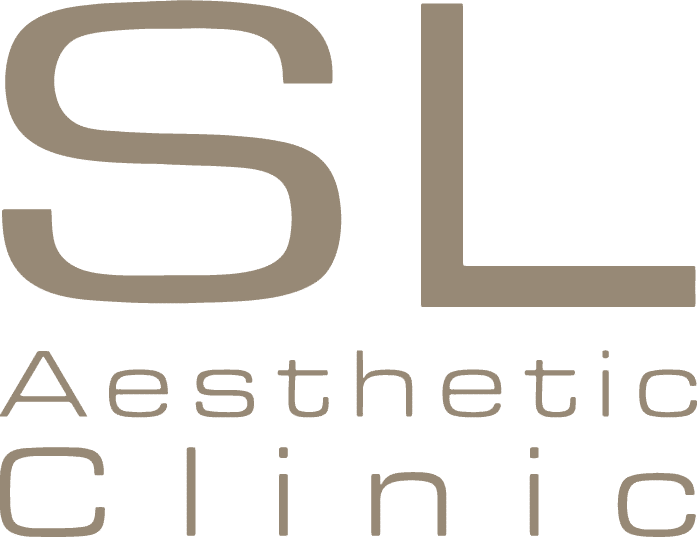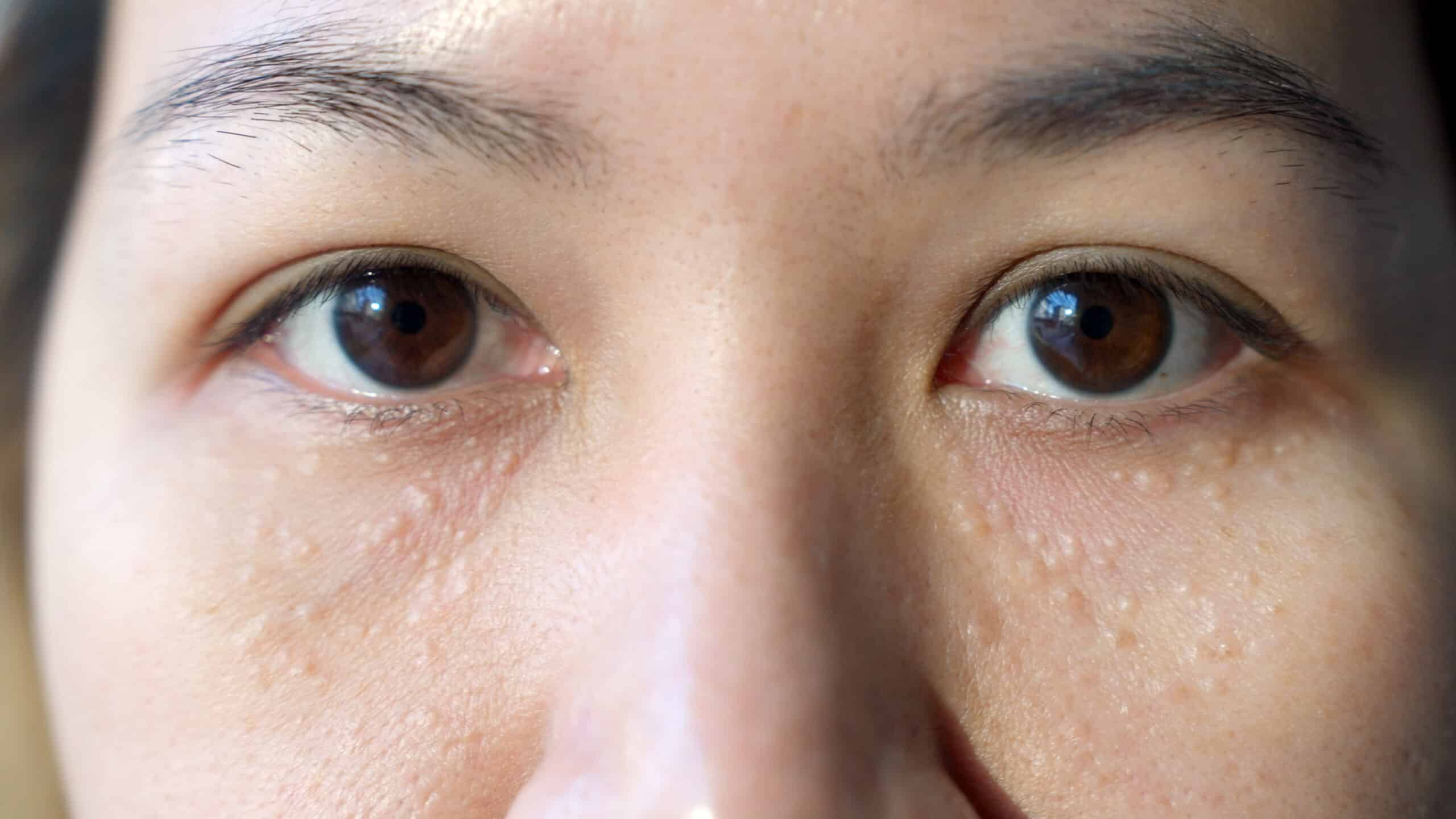
Syringoma is a benign skin condition characterised by small, firm bumps that appear on the face. At SL Aesthetic Clinic, we can remove syringomas fast without discomfort and scarring.
This article will cover the essential details, from identifying and diagnosing syringoma to various removal treatment options.
What is Syringoma?
Syringomas are small, firm bumps or cysts that form due to overactive sweat glands (eccrine glands). These bumps typically appear in clusters and are most commonly found around the eyes, cheeks, and forehead.
While syringomas are generally harmless and do not cause physical discomfort, they can be cosmetically bothersome, leading to concerns about appearance and self-esteem, particularly if they are prominently located on the face.
How are Syringomas Formed?
Syringomas form due to overactive eccrine sweat glands. Eccrine glands regulate body temperature through sweat secretion onto the skin’s surface, aiding in cooling the body during heat or exertion. These glands are distributed throughout the body, with exceptionally high concentrations found on the palms, soles of the feet, and forehead.
There are a few factors that cause our eccrine glands to overproduce sweat, resulting in syringomas:
- Stress
- Exercise or physical activity
- Hot climate
- Genetics
Apart from the above, syringomas are most commonly observed in adolescents and adults, especially females. While they can also occur in people of all ethnic backgrounds, syringomas are more prevalent in individuals with darker skin tones or Asians. Syringomas most commonly develop around the eyes, but they may also involve almost any part of the body.
How does Syringoma look like?
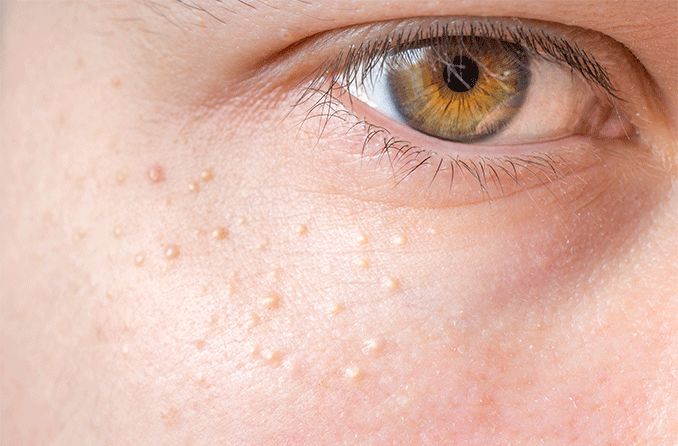
Syringomas are yellowish or skin-coloured and are typically one to three millimetres in diameter. Though small, these bumps are frequently found in clusters over the lower eyelids, upper eyelids, and upper cheeks, leading to a noticeable change in skin texture.
They are not just confined to the face; syringomas can also develop on the neck, abdomen, armpit, scalp, belly button, and even genitals.
Some people with syringomas may experience slight to severe itching, adding to the discomfort.
Diagnosing Syringoma
Syringomas are typically diagnosed based on their clinical appearance. In some cases, though, a skin biopsy may be ordered to confirm the diagnosis. During a biopsy, a small sample of skin tissue from the affected site is examined under a microscope. This can help identify the presence of syringomas and rule out other potential skin conditions.
Are Syringomas the Same as Milia Seeds?
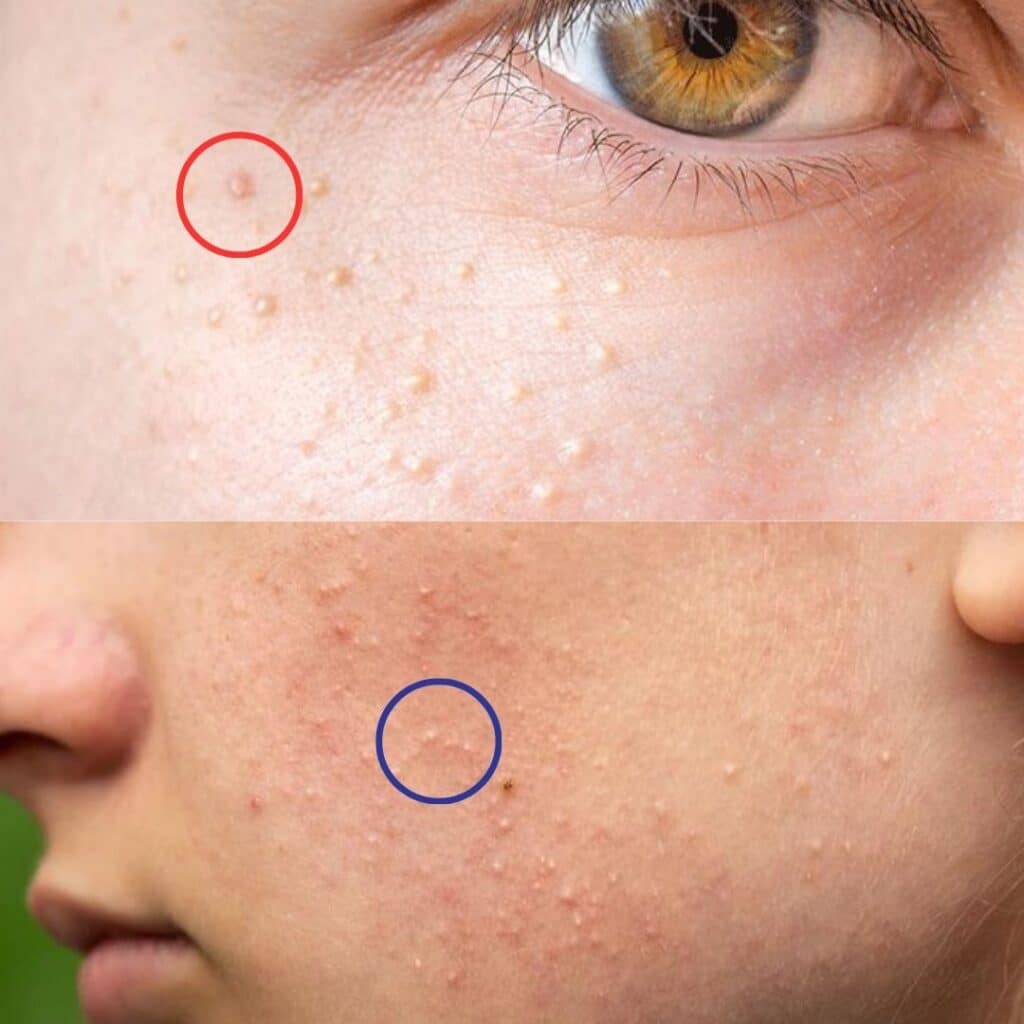
While syringomas and milia seeds share some similarities in appearance, they are distinct skin conditions with different underlying causes.
Syringoma | Milia seed |
Small, flesh-coloured or slightly yellow bumps | Small, white or yellowish cysts that can feel hard |
Develop due to overactive eccrine sweat glands | Develop when keratin is trapped beneath the skin’s surface |
Syringoma removal treatment options
Cryotherapy
Cryotherapy involves using extreme cold to freeze and destroy syringomas. During the procedure, liquid nitrogen or another cryogen is applied directly to the syringomas, causing them to freeze and eventually slough off.
Cryotherapy is a quick procedure that can be performed in a doctor’s office. For best results, multiple sessions may be necessary.
CO2 Laser
Laser therapy, specifically ablative CO2 laser surgery, is a precise treatment that can safely reduce the appearance of syringomas with minimal scarring and almost no bleeding. A high-energy laser beam targets and precisely vaporises the syringoma tissue.
The CO2 laser can be finely calibrated to minimise damage to the surrounding healthy skin, thereby reducing the risk of scarring. A combination of ablation and fractionated CO2 laser approach is recommended for treating multiple syringomas to minimise scarring and improve healing. Like cryotherapy, multiple sessions may be necessary to achieve desired results.
The treatment choice between laser and cryotherapy will depend on the size, location, and number of syringomas.
Chemical peel
Apart from lasers, chemical peels are also effective in removing syringomas. Trichloroacetic acid (TCA) peels can treat syringomas by prompting the top skin layers to dry and peel away. Side effects such as a burning sensation may occur during TCA treatment, but they are typically manageable.
Topical solution
Prescribed topical or oral retinoids can help destroy and remove syringomas while facilitating tissue regeneration. Over-the-counter exfoliating products containing glycolic and salicylic acids may also help reduce the appearance of syringomas.
Aftercare and managing recurrence
After having syringomas removed, proper aftercare and management are essential to minimise the chances of infection, scarring, and recurrence. Here are some general guidelines for aftercare:
- Follow post-procedure instructions: Adhere to these instructions to ensure proper healing and optimise results.
- Keep the area clean and dry: Keeping the area clean and dry can prevent infection.
- Apply topical treatments: Your doctor may recommend topical treatments, such as antibiotic ointments or corticosteroid creams, to promote healing and reduce inflammation.
- Avoid sun exposure: To prevent pigmentation changes, shield the treated area from UV rays by using a broad-spectrum sunscreen with a high SPF.
- Avoid scratching or picking: Avoid scratching, picking, or rubbing the treated skin, as this can disrupt the healing process and increase the risk of infection or scarring.
- Follow-up with your doctor: Attend follow-up appointments so the doctor can monitor your progress and ensure timely healing.
Be patient: Be patient during the healing process. It may take time for the skin to fully recover and for any residual redness or swelling to subside.
Preventing syringoma: is it possible?
Syringoma prevention may not always work, but there are ways to reduce the risk of their formation. Here are some lifestyle approaches that can potentially reduce the chances of syringoma formation:
- Protecting your skin from UV rays and environmental factors
- Maintaining healthy blood sugar levels
- Appropriate exfoliation
- A diet high in vitamins A and E
Syringoma Removal Treatment in Singapore
Syringomas, though benign, can be a source of discomfort and self-consciousness. With various treatments available, there is hope for those seeking syringoma removal. It’s important to remember that everyone’s skin is unique, and what works for one person might not work for another. So, we highly recommend that you consult with experts.
SL Aesthetic Clinic is a cosmetic solutions provider that offers treatments for syringoma removal. Our team of qualified professionals is trained in various removal techniques and is committed to helping you achieve clear skin.
To learn more about our syringoma removal treatments, book a consultation today.
FAQ
Syringomas are generally considered permanent unless they are removed through medical intervention. While they may remain stable in size or increase in number over time, they typically do not go away on their own without treatment.
Prior to your procedure, we will apply numbing cream to ensure the treatment is as comfortable as possible.
After the procedure there may be a scab which will fall off on its own after 3-5 days. However, you may resume most of your daily activities immediately.
Syringomas do not cause harm, so not removing them is an option. However, if their appearance on your face bothers you or if they become itchy and irritated, or if they are displaying unusual symptoms, you should get them professionally evaluated and removed.
If performed by a professional, syringoma removal should not leave any scars.
The procedure is carried out by a qualified doctor using medical grade devices. These devices are safe and are FDA/HSA approved.
This depends on the syringomas present and how clustered they are, but most patients can see visible changes in one session.
Like what you read? Share them!
